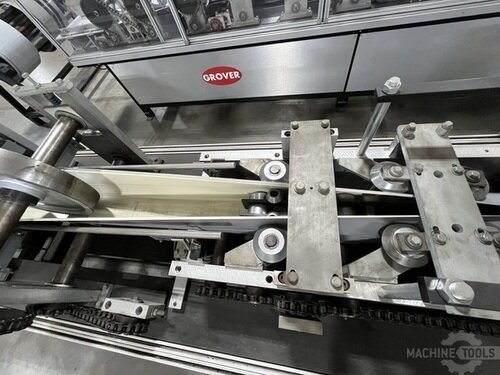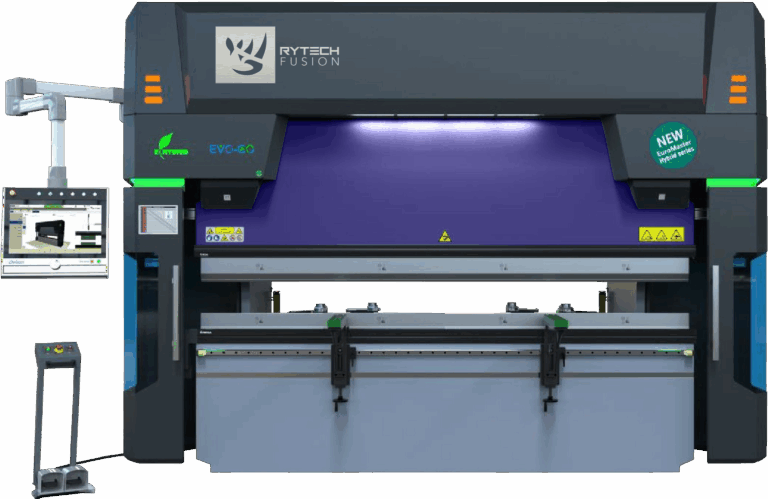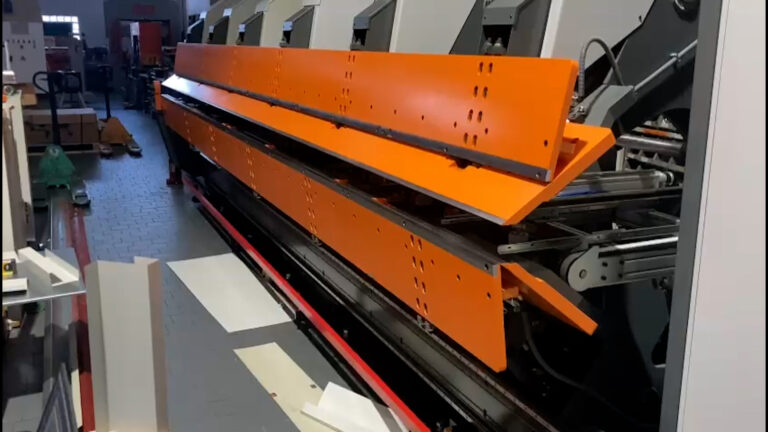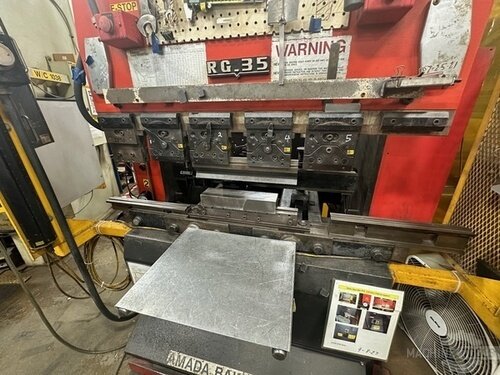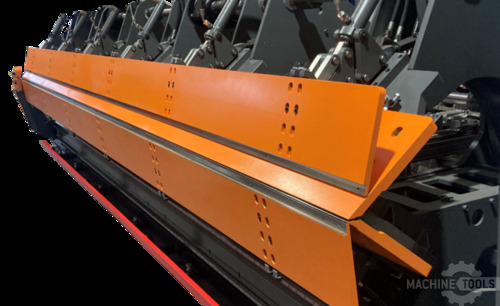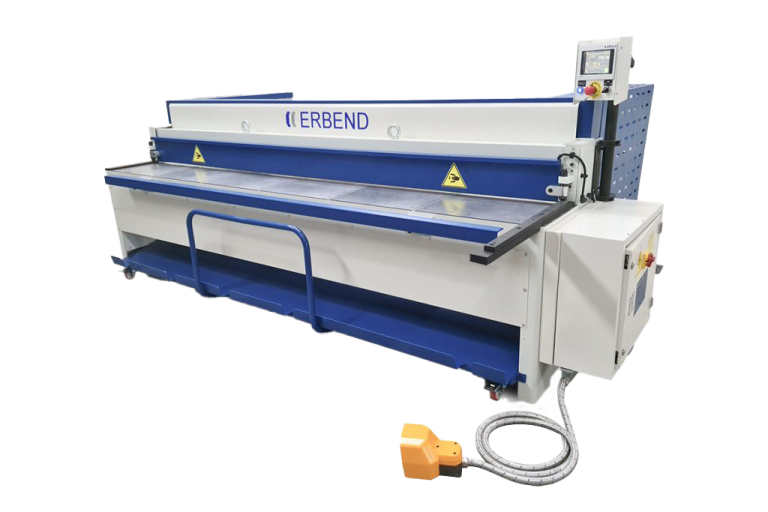From the neighborhoods of southern Chicago to my current role at Mac-Tech, my career has always centered on one principle: putting the customer first. Whether I’m helping a local fabricator streamline their operation or guiding a national roofing company through a full production line upgrade, I draw on decades of hands-on experience in metal fabrication. At Mac-Tech, I work with businesses across the country to identify bottlenecks, compare new technologies, and make strategic investments in equipment—like downspout roll formers—that deliver measurable results.
Leveraging Decades of Expertise: Understanding Downspout Roll Forming Challenges
Downspout roll forming may seem straightforward, but anyone who’s worked in fabrication knows the devil is in the details. Older machines often struggle with inconsistent profiles, material waste, or time-consuming manual adjustments. As your business grows, these challenges compound—impacting everything from labor costs to delivery timelines. I’ve seen firsthand how outdated roll formers can hold back even the most skilled teams, especially when paired with aging folders, shears, or decoilers.
Key Indicators Your Current Roll Former Is Limiting ROI and Efficiency
How do you know when your current downspout roll former is more liability than asset? Look for these telltale signs:
- Frequent unplanned downtime: Increasing maintenance calls or hard-to-source replacement parts.
- Inconsistent quality: Variations in seam tightness, shape, or finish leading to rejected product.
- Manual setup and adjustments: Operators spending excessive time dialing in profiles, often with trial-and-error.
- Limited flexibility: Inability to run multiple profiles, gauges, or materials without significant retooling.
- Bottlenecks in production: Your roll former can’t keep pace with demand, even when upstream processes (like slitting or folding) are optimized.
If any of these sound familiar, it’s time to consider whether your existing equipment is costing you more than it’s saving.
Evaluating Fabrication Needs: Slitting, Forming, Folding, and Production Speed
A holistic fabrication line assessment goes beyond the roll former itself. I always encourage customers to step back and map their entire process:
- Slitting: Are your coil slitters accurate and efficient, or are off-cuts piling up?
- Forming: Does your roll former maintain tight tolerances at speed, and can it handle today’s range of materials?
- Folding and Shearing: Are folders and shears keeping pace, or causing downstream backups?
- Production Speed: Can your team hit delivery targets without overtime or excessive scrap?
By benchmarking each step, you’ll see where a modern downspout roll former—with faster changeovers, tighter tolerances, and automation—can make the biggest impact.
Advanced Solutions: How Modern Roll Formers Reduce Waste and Downtime
Today’s advanced roll forming systems deliver benefits that were unthinkable a decade ago:
- Automation: Servo-driven controls enable rapid profile changes and recipe management, cutting setup times dramatically.
- Material Optimization: Integrated nesting and cut-to-length features minimize scrap—especially valuable with today’s high material costs.
- Remote Diagnostics: Many modern systems allow for remote monitoring and troubleshooting, reducing service calls and downtime.
- Safety and Ergonomics: Enhanced guarding, touchscreens, and safer coil handling protect your team and reduce operator fatigue.
At Mac-Tech, we help customers compare options across leading brands and tailor configurations—whether you need a combi-beam folder, a double folder, or a complete roll forming line.
The Upgrade Process: Pat O’Neill’s Proven Framework for Assessing and Selecting New Equipment
Upgrading your downspout roll former isn’t just about buying a new machine—it’s a strategic business move. Here’s my step-by-step approach:
- Operational Audit: Review current production data, downtime logs, and quality metrics.
- Needs Analysis: Define your goals—higher throughput, better accuracy, new product offerings, or all of the above.
- Technology Benchmarking: Compare features, cycle times, and automation levels across manufacturers.
- ROI Calculation: Estimate payback period based on labor savings, scrap reduction, and increased capacity.
- Demo and Testing: Arrange on-site or virtual demonstrations to validate performance with your materials.
- Implementation Planning: Coordinate delivery, installation, and integration with existing folders, slitters, and other equipment.
My goal is to ensure every customer feels confident about their investment—no surprises, just results.
Maximizing Investment: Training, Integration, and Ongoing Support for Sustainable Efficiency
A new roll former is only as good as the team running it. That’s why we emphasize:
- Operator Training: Comprehensive, hands-on instruction for all shifts.
- Seamless Integration: Coordination with your folders, shears, decoilers, and panel benders to eliminate bottlenecks.
- Preventive Maintenance: Scheduled checkups and remote support to keep things running smoothly.
- Continuous Improvement: Ongoing process reviews to identify further efficiency gains as your business evolves.
This commitment to partnership ensures your investment delivers sustainable ROI.
GROVER 5400 AX
Real-World Results: Case Studies in Enhanced Productivity and Waste Reduction
Consider a Midwest gutter fabricator who upgraded from a 20-year-old roll former to a modern, servo-driven system. Their scrap rate dropped by 15%, and throughput increased by 30%—all with the same headcount. Another customer, a regional roofing supplier, cut changeover times by more than half, enabling them to offer more product variants and win new business.
Time and again, we see that the right equipment upgrade pays for itself—often sooner than expected.
Making the Decision: Timing Your Roll Former Upgrade for Optimal Business Impact
The best time to upgrade is before inefficiencies start hurting your bottom line. If you’re seeing growing demand, rising labor or material costs, or more frequent breakdowns, don’t wait until you’re in crisis mode. A proactive upgrade lets you stay ahead of the competition, improve margins, and position your business for sustainable growth.
Frequently Asked Questions
When is the right time to upgrade a roll former or folder?
If you’re experiencing frequent downtime, rising scrap rates, or can’t keep up with customer demand, it’s time to consider an upgrade. I recommend a thorough audit at least every five years, or sooner if your business is growing rapidly.
How do servo-driven folders compare to hydraulic systems?
Servo-driven folders offer faster, more precise operation with lower maintenance requirements. They excel at tight tolerances and quick changeovers, making them ideal for high-mix, high-volume environments.
What’s the difference between a combi-beam and double folder?
A combi-beam folder allows you to switch between straight and radius bends without changing tooling, while a double folder can bend both up and down in one pass. The best choice depends on your product mix and volume.
What are the signs a roll forming line is no longer cost-effective?
Look for excessive downtime, high scrap rates, inconsistent quality, and increasing repair costs. If your machine can’t support new materials or profiles, it’s likely holding your business back.
What should I look for in a new downspout roll former?
Prioritize automation, speed, flexibility, and supplier support. Make sure the machine can integrate with your current slitting, folding, and shearing equipment for maximum efficiency.
How long does it take to see ROI on a new roll former?
Most customers see payback within 12–24 months, depending on production volume, labor savings, and scrap reduction. I’ll help you calculate a realistic ROI based on your specific operation.
Ready to see what a new downspout roll former can do for your business? Whether you want a walkthrough, a personalized demo, or a no-obligation upgrade quote, I’m here to help you every step of the way. Let’s make your operation more efficient and profitable—reach out today!
Get Weekly Mac-Tech News & Updates

